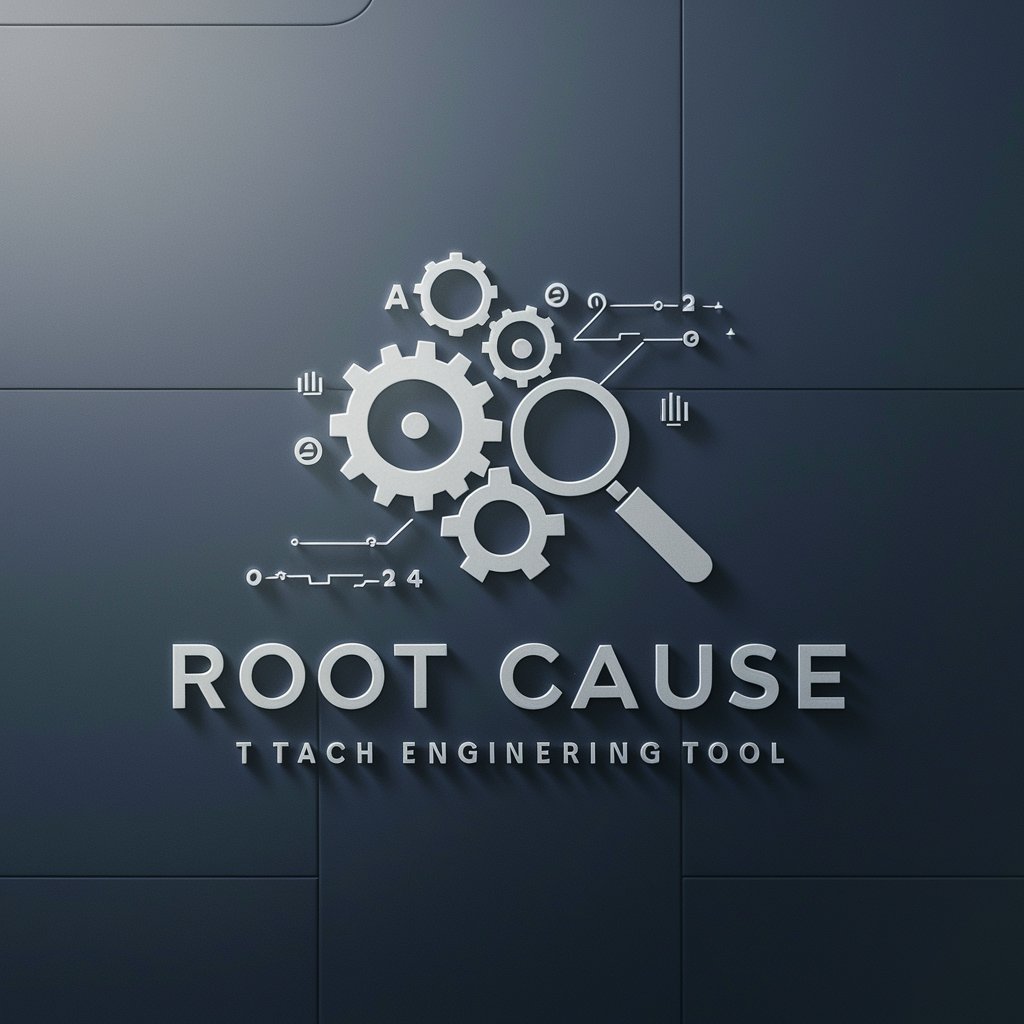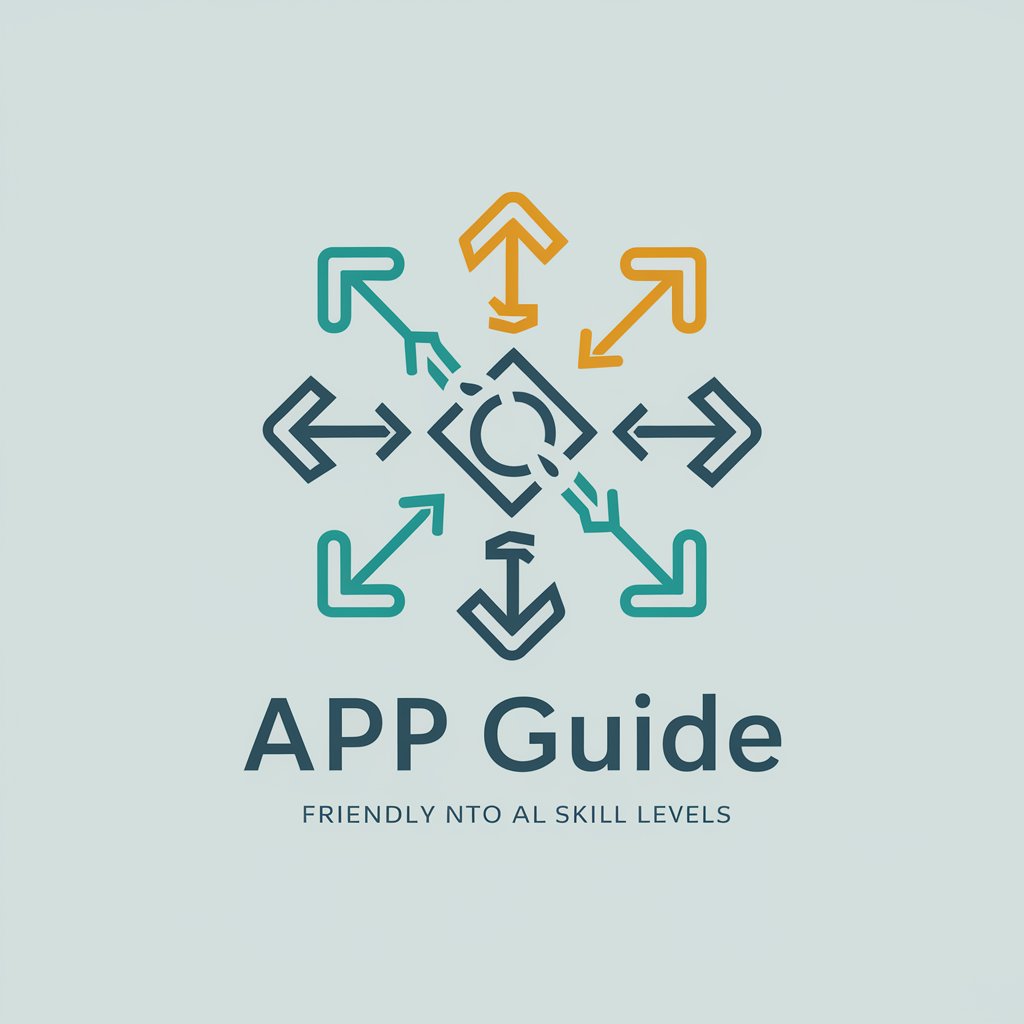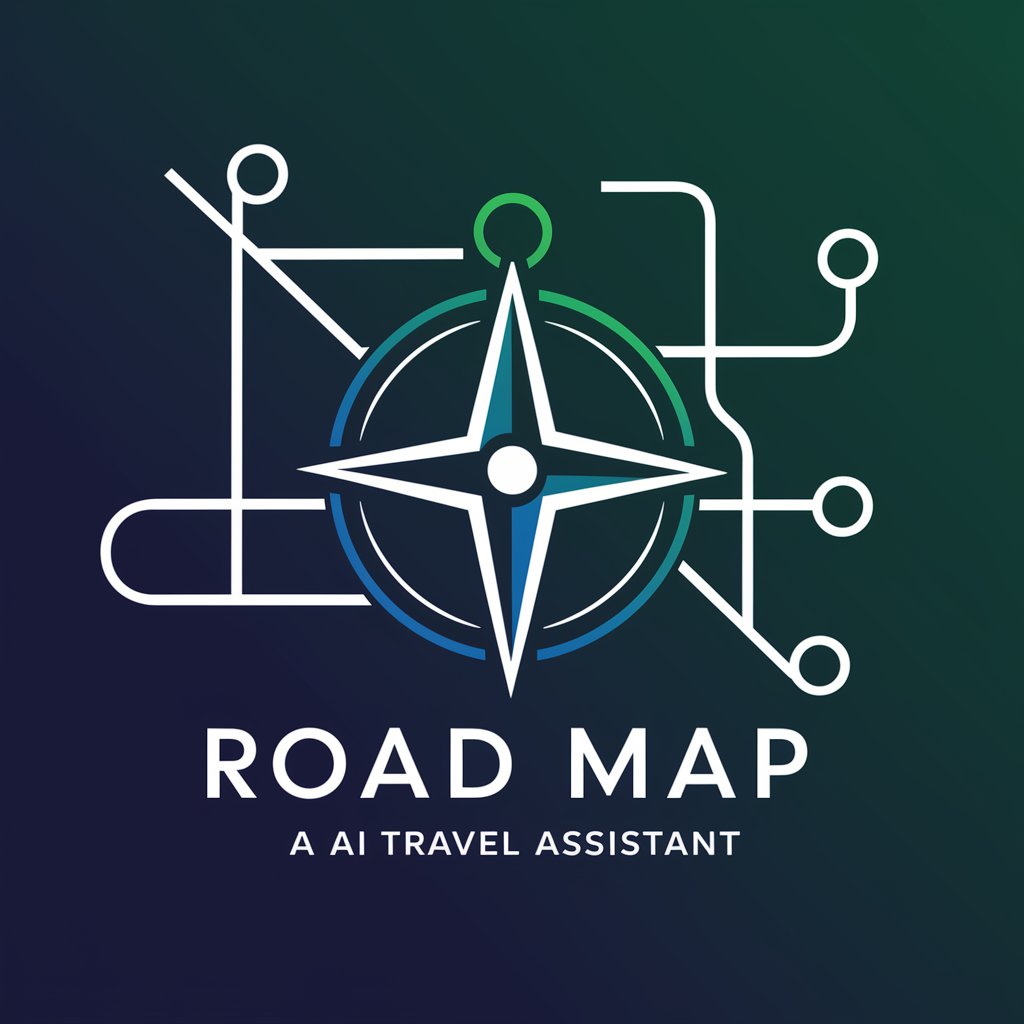
Root Cause Analysis (With User interact) - Interactive RCA Tool

Welcome! Let's dive into root cause analysis.
Streamlining Complex Problem Solving with AI
Identify the underlying principles of the observed problem...
Determine the necessary expertise to analyze the issue effectively...
Analyze potential root causes considering the identified principles and expertise...
Provide guidelines for detailed investigation and validation of potential root causes...
Get Embed Code
Overview of Root Cause Analysis with User Interaction
Root Cause Analysis (RCA) with User Interaction is a specialized approach designed to diagnose, analyze, and address the underlying causes of issues in technical and engineering contexts. Unlike standard RCA methods, this approach emphasizes interactive engagement with users at every step. It begins by identifying relevant scientific or engineering principles that apply to the problem at hand. Users are then prompted to add more details if needed. Next, the necessary expertise for analyzing the problem is determined, with an option for users to contribute additional expertise. The core of this process lies in a thorough analysis of potential root causes, presented in a structured, tabulated format. Finally, it proposes containment, corrective, and preventive actions based on these analyses, again in a tabulated format for clarity. This method is adaptive, modifying the analysis based on user input to ensure a comprehensive and accurate root cause analysis. Powered by ChatGPT-4o。

Key Functions and Application Scenarios of RCA with User Interaction
Identification of Relevant Principles
Example
In a scenario where a mechanical failure occurs in a factory, the GPT identifies principles like material fatigue or mechanical stress.
Scenario
Analyzing a mechanical failure in an industrial setting
Determining Required Expertise
Example
For a software system crash, the GPT might highlight the need for expertise in software engineering and data analytics.
Scenario
Diagnosing the cause of a software system crash
Analyzing Potential Root Causes
Example
In a case of network downtime, the GPT would analyze causes such as hardware malfunction, software bugs, or external cyber attacks.
Scenario
Investigating the root cause of network downtime in an IT infrastructure
Proposing Actions
Example
For a chemical plant leak, the GPT suggests containment actions like isolating the leak, and preventive actions such as revising safety protocols.
Scenario
Addressing a hazardous material leak in a chemical plant
Target User Groups for RCA with User Interaction
Engineering Professionals
Engineers in various fields (mechanical, electrical, civil, etc.) can utilize this tool for diagnosing and solving complex technical problems in their work.
IT and Network Administrators
These professionals can benefit from RCA in troubleshooting and resolving network and system failures, enhancing IT infrastructure reliability.
Safety and Quality Assurance Managers
Individuals responsible for maintaining safety and quality in industries such as manufacturing, chemical processing, and construction can use this tool to identify and mitigate risks.
Research and Development Teams
R&D teams in various sectors can employ RCA for analyzing experimental failures, refining prototypes, and improving product design processes.

Guidelines for Using Root Cause Analysis with User Interaction
Start Your Experience
Begin by visiting yeschat.ai to access a free trial of the Root Cause Analysis tool, without the need for login or subscribing to ChatGPT Plus.
Understand the Basics
Familiarize yourself with root cause analysis principles. Knowledge in relevant scientific or engineering fields is beneficial.
Identify Your Issue
Clearly define the technical or engineering problem you are experiencing. Provide specific details for more accurate analysis.
Engage with the Tool
Use the interactive features to input data about your issue. Be prepared to answer follow-up questions for a thorough analysis.
Analyze and Implement Solutions
Review the provided root cause analysis, and consider the suggested containment, corrective, and preventive actions for your issue.
Try other advanced and practical GPTs
How to Save Money
Maximize savings with AI-driven advice

Innovative Storysmith
Unleash Creativity with AI

! Art Historian Guide
Your AI-Powered Art History Companion

API Builder Guru
Empowering API Development with AI

Learning Assistant
Empower Your Study with AI

VCMI chatbot
Your AI Guide to VCMI Universe

API Explorer
Explore and Integrate APIs Effortlessly

Custom Quit Drinking AI
Navigate sobriety with AI-powered support

The Ultimate Guide to Investing in Crypto
Empower your crypto journey with AI

CostcoDeals
Maximize your Costco savings with AI

Maps Guide
AI-powered travel and route guidance.

Plant Based Buddy
Empowering your plant-based journey with AI

Frequently Asked Questions About Root Cause Analysis with User Interaction
What types of problems is Root Cause Analysis best suited for?
It is ideal for addressing complex technical or engineering issues where the underlying cause is not immediately apparent.
How does user interaction enhance Root Cause Analysis?
User interaction allows for a more tailored analysis, adapting to specific details and nuances of the problem provided by the user.
Can Root Cause Analysis be applied in non-technical fields?
While primarily designed for technical and engineering contexts, it can be adapted for systematic problem-solving in various fields.
What expertise is required to use this tool effectively?
Basic understanding of the problem domain and willingness to engage with the tool's interactive queries are essential for effective use.
How does this tool present its findings?
Findings are presented in a tabulated format, outlining potential root causes, containment, corrective, and preventive actions.